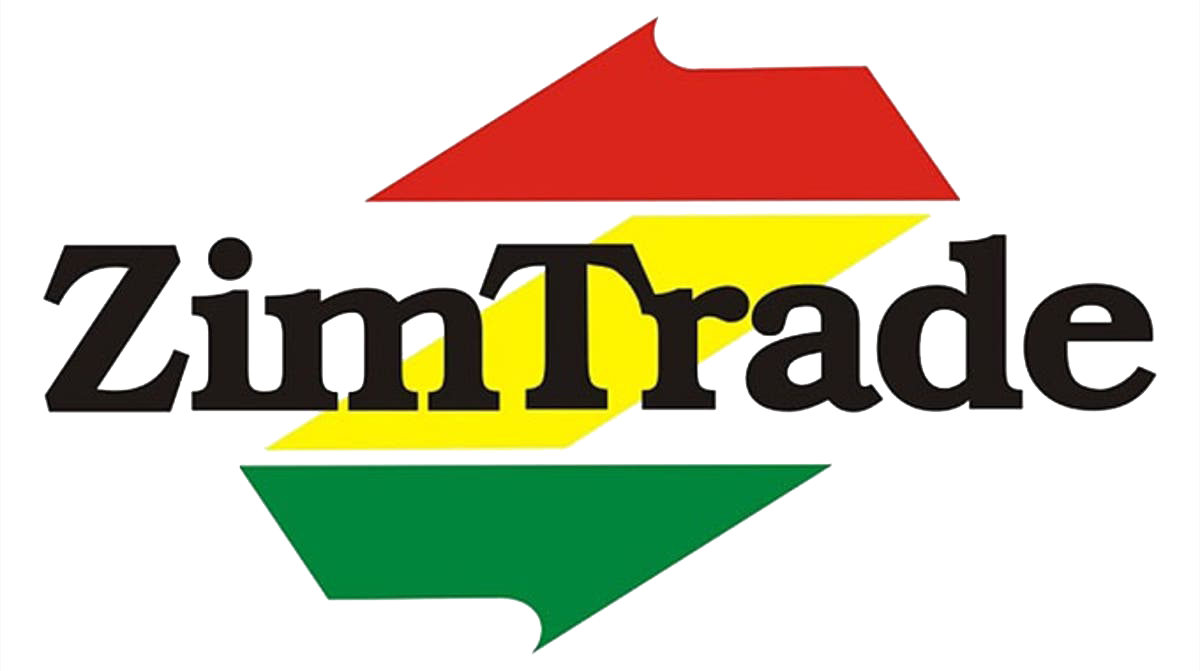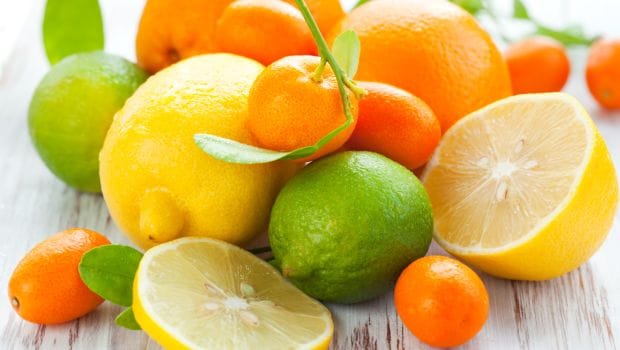Let us face it, consumption patterns around the word have changed, and will likely stay this way for a long time.
The coronavirus (COVID-19) pandemic has seen people becoming more cautious of their eating habits, with the majority going for commodities that offer health benefits.
One of the horticultural produces that have become the largest winner in terms of demand this year is citrus fruits.
Over the past few months, there has been a surge in demand for citrus fruits due to their perceived immune boosting benefits for those fighting COVID-19.
Citrus fruits are relatively rich in Vitamin C and the COVID-19 pandemic has seen a boom in international demand for citrus due to the immune boosting benefits of vitamin C.
According to the Citrus Growers Association of Southern Africa (CGA), demand for lemons from overseas markets has doubled by April 2020 compared with the same period in 2019.
The Zimbabwe Citrus Growers Association also reported in June that large shipments of lemons to Russia and Middle East.
CGA has been observing the Southern African citrus exports and forecast that this year’s soft citrus production will reach 2 million cartons with 1.2 million cartons already packed, surpassing the 700,000 cartons packed over the same period last year.
As demand has gone up, indications are that supply has been failing to meet required numbers, pushing the prices up over the past few months.
According to Global Trade Review a carton of lemons, was fetching prices of US$50 to US$60 in the Middle East in April 2020, compared to the normal price range is between US$15 to US$20 per carton.
Even in countries where certain types of citrus, such as grapefruit, were not widely consumed, shoppers are now buying “anything that looks like an orange or a lemon, this is according to Global Trade Review.
Globally, the citrus market is worth over US$15.1 billion dollars, according to TradeMap.
The biggest markets in the world include United States of America constituting (9% of the global imports followed by Russia (8%), Netherlands (8%), Germany (8%), France (7%), United Kingdom (5%), China (4%) and Canada (3%).
China imports over 1 million tons of citrus products worth about US$594 million, which are mostly concentrated from South Africa (27%), Australia (24%), Egypt (24%), Spain (9%), United States (7%) and Others (10%). There is scope for Zimbabwean citrus producers to supply the Chinese market.
To fully take advantage of this opportune market in China, the Government is finalising a protocol on Citrus which will allow Zimbabwe direct access and entry into the Chinese market.
The good thing about Zimbabwe taping into the Chinese market is that it will ease the over reliance on the Europeanmarket, allowing the country to diversify and hedge against price volatility by concentrating on one market.
Under this protocol, Zimbabwean citrus fruits exported to China, including orange, mandarin, lemon, grapefruit, limes, tangelo and grapefruit shall comply with the relevant phytosanitary laws, regulations and health and safety standards of China and satisfy the phytosanitary requirements as stipulated in the protocol, and shall be free of the quarantine pests of concern to China.
The notable pests that are highlighted by the Chinese as being problematic includes Mediterranean fruit fly (Ceratitis capitate), Natal fruit fly (Ceratitis rosa), False Codling Moth (Thaumatitibia leucotreta), Bunch mite (Brevipalpus californicus) and Oriental fruit fly (Bactrocera dorsalis).
The Chinese also highlight that citrus exports should be free from Leaf spot (Phaeoramularia angolensis) and African greening disease (Candidatus liberobacter africanum).
With the protocol at advanced stage of development, there are opportunities for local farmers to tap into the lucrative markets and earn the much need foreign currency, especially when prices are currently high.
Figures over the past few years indicate that local farmers have potential to increase supply.
The exports of citrus products by Zimbabwe have been increasing by around four percent in the last exporting years (2015-2019).
Zimbabwe export markets in 2019 includes Netherlands (63 percent), Portugal (6 percent), France (4 percent), Germany (4 percent), UK (3 percent), Saudi Arabia (3 percent), Spain (3 percent) and others (13 percent).
According to Trade Map, Zimbabwe exported 49,358 tons of citrus in 2019, predominantly made up of valencia oranges that makes the biggest portion of the citrus export market followed by navel oranges, lemons, soft citrus and grapefruits.
At peak Zimbabwe used to produce approximately 10,000 hactares under citrus and currently about 3,000 ha is under export citrus production.
To increase the total area under the crop, which will make it easy to increase exports, there is need for new players to enter and take part in the production of this high value crop.
This entrance by new players will require all stakeholders, particularly farmers, to adopt a commodity approach where establish players support the entire value chain with technical, business, and agronomic skills.
Setting up and developing youth led farms and businesses will also ensure that the industry is keep ahead of the curve.
Setting up of new plantations require a three-year establishment costs and as such, there is need to attract funding and investment into the establishment of new orchards.
Citrus fruits require sub-tropical conditions to optimally grow, growing best in wet warm temperatures and are intolerant to frost.
They can with-stand temperatures above 30oC.
In Zimbabwe citrus fruits are commercially grown in areas which include Beitbridge, Mazowe Valley, Chegutu and parts of Manicaland province, such as Headlands and Chipinge.
Unlike in the afore mentioned places, citrus fruits in Rusitu Valley are grown by communal farmers on backyard orchards.
To increase the national throughput of the commodity, there is need to open new orchards and small-scale farmers can devote a piece of land for citrus production and complement their existing cop production.
These smallholder farmers must cluster around an off-taker that will consolidate produce for export marketing.
Areas like Honde Valley, Chiredzi, Chegutu, Mwenezi, Mazowe Valley and Risutu Valley can be mobilized to produce small portions of land under citrus which can then be exported.
Currently, the biggest hinderance to citrus production is access to seedlings as potential producers must wait for 15-18 months to access seedlings.
Some local farmers are having to source their planting materials from South Africa as local supply cannot meet demand.
In Zimbabwe, we have one company accredited with the Citrus Research Institute to produce planting material.
To increase nursery production to meet the national requirements, Zimbabwe should establish more nurseries and capacitate existing ones such as the Chiredzi Research Institute.
The major economic value of oranges lies in their fruits and juice concentrates, but several fragrant oils can be extracted from their flowers, or from their peel as a byproduct of the orange-juice industry.
These essences can be used to manufacture fragrances used in the manufacturing of perfumes and to scent many household products, such as liquid detergents, shampoos, and soaps with aromatic oils extracted from citrus products.
Other commercial value-added products from citrus fruits include citric acid, marmalaide/sweet spreads.
ZimTrade, the national trade development and promotion organisation, continues to engage the Netherlands-based PUM experts in the horticulture sector to improve the sector’s competitiveness edge through increased throughput, efficiency, effectiveness and quality.



